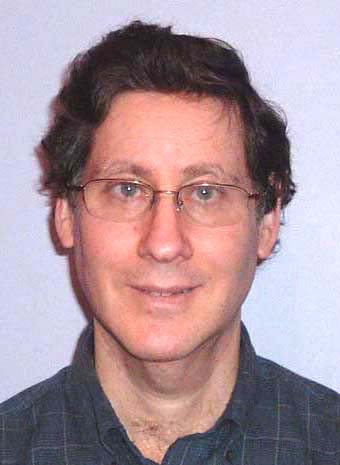Health Services Platform Consortium (HSPC)
See the following -
Navigation Between Heavy-weight and Light-weight Standardization (Part 2)

The previous section of this article laid out the context for HL7 FHIR standard and the Argonaut project; now we can look at the current status.Tripathi portrays the Argonaut process as radically different from HL7 norms. HL7 hasestablished its leading role in health standards by following the rules of the American National Standards Institute (ANSI) in the US, and similar bodies set up in other countries where HL7 operates. These come from the pre-Internet era and emphasize ponderous, procedure-laden formalities. Meetings must be held, drafts circulated, comments explicitly reconciled, ballots taken. Historically this has ensured that large industries play fair and hear through all objections, but the process is slow and frustrates smaller actors who may have good ideas but lack the resources to participate.
- Login to post comments
OSEHRA Proposes Visionary Open Digital Health Platform for the VA
 The Veterans Health Administration (VHA) recently released a Request for Information (RFI) calling for advice on how to build an open, "interoperable digital health platform." The RFI received 40 responses. Only one of those was publicly released, the one from OSEHRA. That the open source EHR organization was the only one that has been open in their submissions, by itself, tells a story. There are some in the VA proposing replacing the open source VistA EHR with a "Commercial" lock-in product. Proprietary EHR vendors are circling the VA like sharks smelling blood in the water, and they don't want the public to know what they are up to...The OSEHRA response below. Note that several dozen OSEHRA member companies and associates participated in drafting this response.
The Veterans Health Administration (VHA) recently released a Request for Information (RFI) calling for advice on how to build an open, "interoperable digital health platform." The RFI received 40 responses. Only one of those was publicly released, the one from OSEHRA. That the open source EHR organization was the only one that has been open in their submissions, by itself, tells a story. There are some in the VA proposing replacing the open source VistA EHR with a "Commercial" lock-in product. Proprietary EHR vendors are circling the VA like sharks smelling blood in the water, and they don't want the public to know what they are up to...The OSEHRA response below. Note that several dozen OSEHRA member companies and associates participated in drafting this response.
- Login to post comments